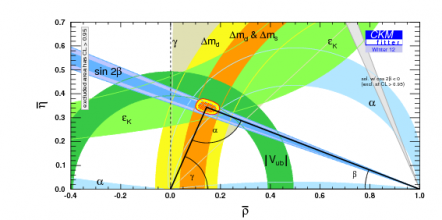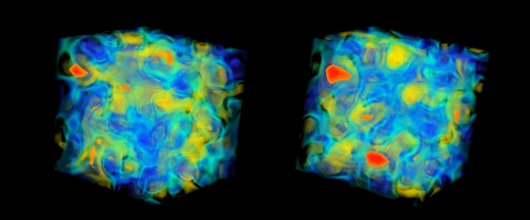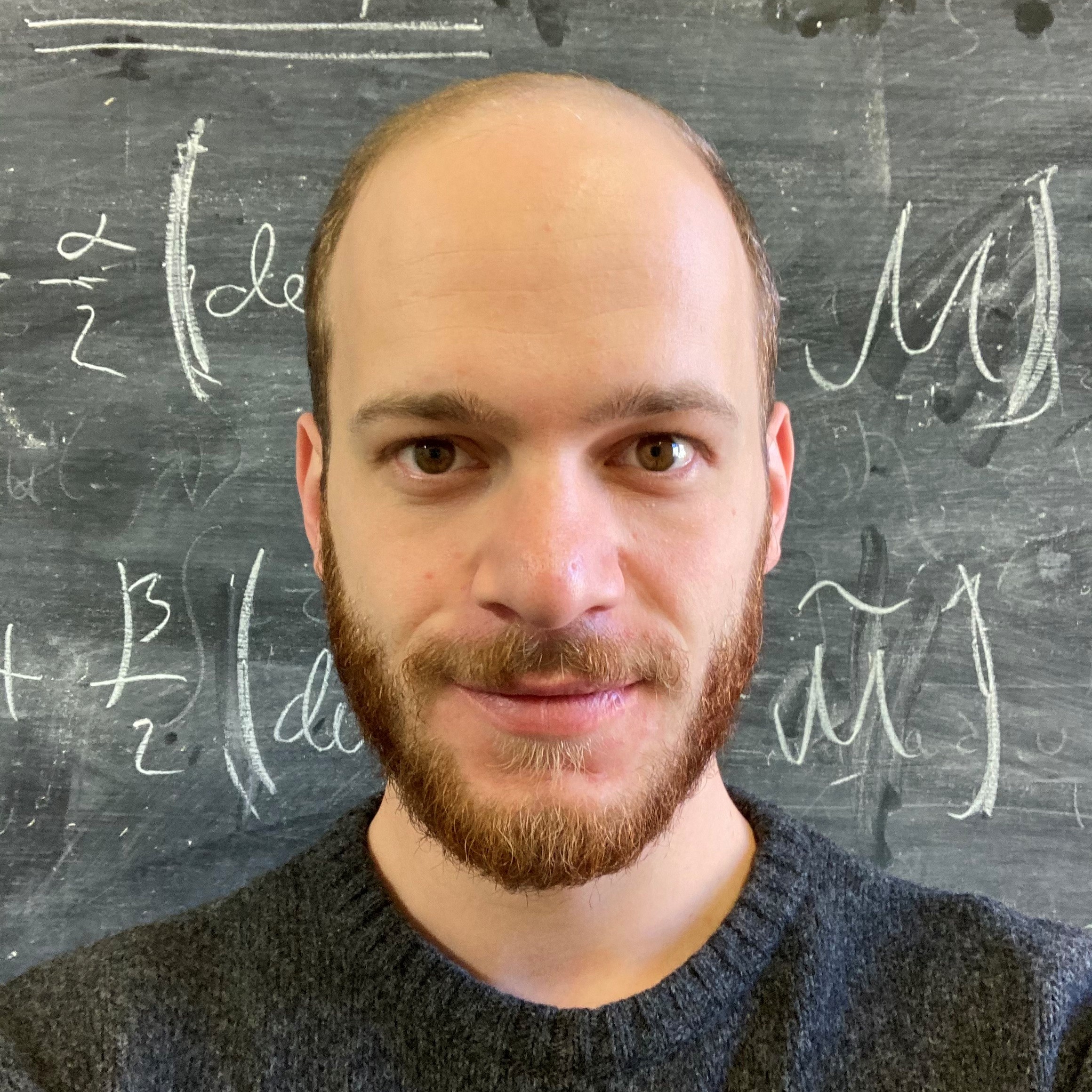Hadron Structure and Decays
Flavour physics involves the understanding of precision measurements of the decay modes and mixing of mesons containing various quark flavours. It is linked to CP violation and thus Dark Matter, and can give important clues of new physics beyond the standard model. Specific systems studied are Kaon and B-meson decays and mixing. The study of Kaons requires non-perturbative calculations in QCD using lattice simulation, while B-mesons are on the boundary between perturbative and non-perturbative methods and thus involve an interesting interplay between the two techniques.
The asymptotic freedom of QCD implies infrared slavery. Ab initio prediction of phenomena sensitive to the internal dynamics of hadrons requires theoretical treatment of QCD in its non-perturbative sector. One approach is to use numerical simulation to evaluate the Feynman path integral for processes in question. In conjunction with experimental results, these calculations can help determine fundamental parameters of Nature, such as the quark masses, the Strong coupling constant and CKM parameters.
Discretising space and time with sufficient resolution to describe hadrons such as the Kaon or B-meson requires powerful supercomputers. With these techniques we can make useful predictions for particle physics phenomenology. For example, by determining the semileptonic Weak decay amplitude of the Kaon, we can help determine the CKM matrix element from experiment. By determining the QCD contribution to the neutral kaon mixing amplitude we can help constrain the location of the apex of the unitarity triangle, and potentially discover New Physics.
Researchers
Mao Zeng

- University of Edinburgh
Contact details
Associates
Stefan Weinzierl

- Johannes Gutenberg Universität, Mainz
Contact details
Affiliates
Agostino Patella

- Humboldt University of Berlin
- University of Plymouth
- CERN




























Find us on social media:
TwitterFacebookYouTube